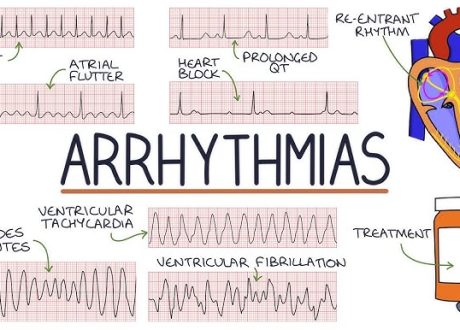Written by Clay Smith
Spoon Feed
This covers the epic, 40-page AAP febrile neonate and febrile infant guideline. This is a game-changing, must-read summary and article.
Why does this matter?
For over 40 years, we have tried to risk-stratify febrile infants, but there is significant practice variation. With improvements in diagnostics, interest in reducing cost and iatrogenic harm, and changing bacteriology, there is need for new guidelines. That’s what we have from the AAP.
This is big!
This guideline recognizes that the risk of invasive bacterial infection (IBI = bacteremia or bacterial meningitis) drops from weeks 2 and 3 to week 4 of life and presents 3 algorithms. Each one requires clinician judgment and shared decision making with family.
Before we get into the algorithms, we have to define our population.
“For eligibility, this guideline addresses febrile infants who
-
are well appearing,
-
have documented rectal temperatures of ≥38.0°C or 100.4°F at home in the past 24 hours or determined in a clinical setting,
-
had a gestation between ≥37 and <42 weeks, and (4) are 8 to 60 days of age and at home after discharge from a newborn nursery or born at home.”
Guidelines exclude (quoted below):
-
“Preterm infants (<37 weeks’ gestation).
-
Infants younger than 2 weeks of age whose perinatal courses were complicated by maternal fever, infection, and/or antimicrobial use.
-
Febrile infants with high suspicion of herpes simplex virus (HSV) infection (eg, vesicles).
-
Infants with a focal bacterial infection (eg, cellulitis, omphalitis, septic arthritis, osteomyelitis). These infections should be managed according to accepted standards.
-
Infants with clinical bronchiolitis, with or without positive test results for respiratory syncytial virus (RSV). A review by Ralston et al of 11 studies of bronchiolitis found no cases of meningitis, and researchers in 8 studies reported no cases of bacteremia.
-
Infants with documented or suspected immune compromise.
-
Infants whose neonatal course was complicated by surgery or infection.
-
Infants with congenital or chromosomal abnormalities.
-
Medically fragile infants requiring some form of technology or ongoing therapeutic intervention to sustain life.
-
Infants who have received immunizations within the last 48 hours. The incidence of postimmunization fevers ≥38.0°C is estimated to be >40% within the first 48 hours.”
Of note, each algorithm refers to numbered Key Action Statements (KAS), 1-21 +/- a subheading (i.e. “7” or “7b”). The list of all Key Action Statements is in Table 1. Each of the images below has an extensive explanatory footnote in the original article. You must read these, but it’s just way too much to try to include all that text in this post. Just click the image, and it will take you to the original AAP document.
Algorithm 1

Click image for original image file, abbreviations, footnotes, and numbered Key Action Statements.
Algorithm 2

Click image for original image file, abbreviations, footnotes, and numbered Key Action Statements.
Algorithm 3

Click image for original image file, abbreviations, footnotes, and numbered Key Action Statements.
This new guideline provides a shared framework for how to think about the diagnostic workup, risk stratification, and treatment of febrile infants. Again, each algorithm requires physician/clinician judgment and shared decision making with family.
Although the majority of the key action statements were based on solid evidence and strong recommendations, some had a weaker evidence base. See Table 1 with the list of Key Action Statements and strength of evidence for each.
Source
Evaluation and Management of Well-Appearing Febrile Infants 8 to 60 Days Old. Pediatrics. 2021 Aug;148(2):e2021052228. doi: 10.1542/peds.2021-052228. Epub 2021 Jul 19.










